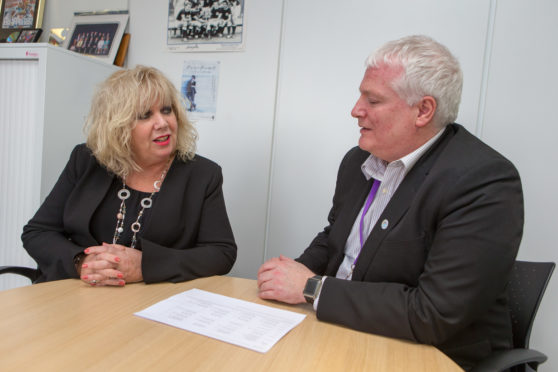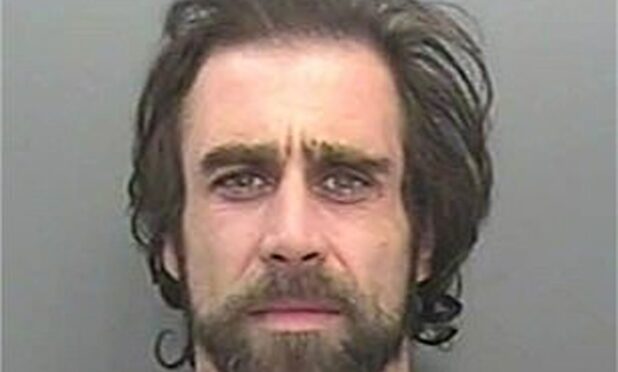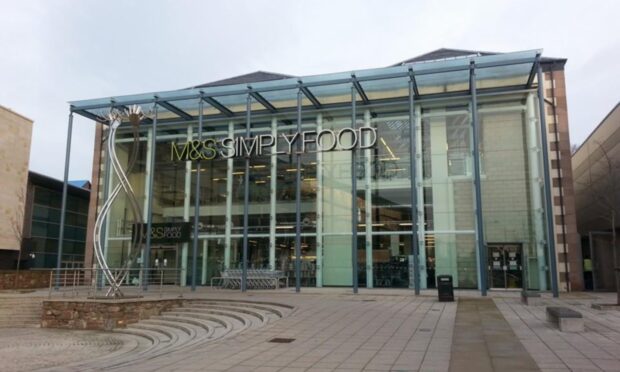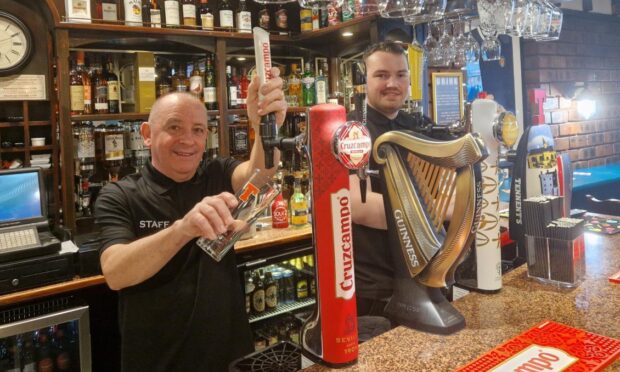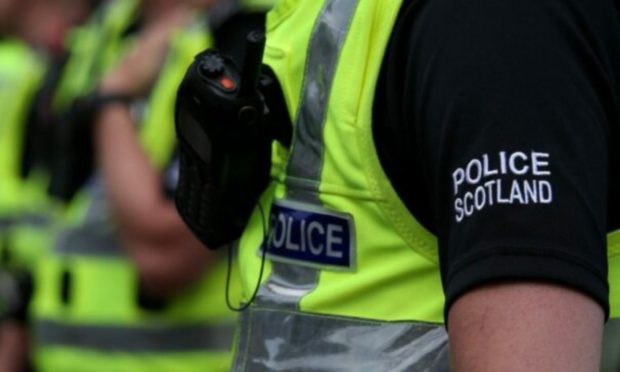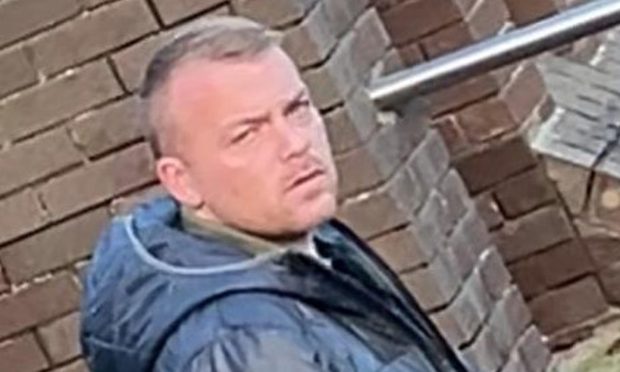Faculties are being introduced in Dundee high schools because the current principal teacher system is no longer “fit for purpose,” the local authority’s chief education officer has said.
Audrey May said ending principal teacher roles will improve outcomes for pupils in the city when the move is made in August next year.
Councillor-approved plans to create faculties in February will see principal teacher roles axed and eight new curriculum leader positions created.
Critics, including teaching unions and opposition councillors, say they do not believe the move will benefit pupils.
However, Dundee City Council chief education officer Audrey May said the move is necessary to better reflect how pupils are taught following the introduction of the Curriculum for Excellence.
She said the move will bring Dundee into line with other councils in Scotland, some of which have already had faculties in their schools for a decade.
Ms May said: “It’s about raising aspirations and ambitions for our children and young people in terms of improving outcomes across the board.
“It’s looking at how the curriculum has changed so much over the past 10 years since Curriculum for Excellence was introduced.
“It’s a completely different structure; pupils get a much broader education and a senior phase that goes from S4 to S6.
“Now the curriculum is very different. What was fit for purpose seven or eight years ago is not fit for purpose today.
“You’ve also got a whole breadth of opportunities for young people to have different learning pathways. These are not just about getting X number of Standard Grades or Highers, it’s about opportunities to develop skills for life and work.”
She added: “It’s about getting in line with everybody else but it’s also about the outcomes and for every local authority that has moved to this, outcomes have improved.
“We get that people are resistant to change and change is difficult. There are a lot of myths and there will be a wealth of feeling but there is also drift out of Dundee. We’ve lost good principal teachers who’ve gone to Fife, Angus or Perth and Kinross.
“We think Dundee’s children deserve the best teachers, We want to keep them here.”
Ms May said the overhaul of the senior school curriculum means three times the number of pupils now stay on at school for their fifth and sixth years.
She added the move is not being driven by the need to save money, although it is expected this will happen.
“It went through with the budget proposal so folk have been a bit cynical about it.
“That is part of it but not all of it. The educational rationale is sound. It’s about being ambitious, being aspirational and getting the right management structure in place.”
Grove Academy headteacher Graham Hutton said his school has already successfully introduced a new faculty combining drama and music.
He added previous schools where he has worked have seen attainment levels rise following the introduction of faculties.
The move has also been backed by Professor Jim Scott, chairman of an external evaluation team appointed to examine how Dundee City Council has responded to the Curriculum for Excellence and Scottish Attainment Challenge.
He said: “As with all such initiatives, much will depend on the quality of the leaders appointed to carry out these roles, but the potential for improvement is clear.”
Professor Scott said the move will also create a “more integrated approach” to secondary education.
